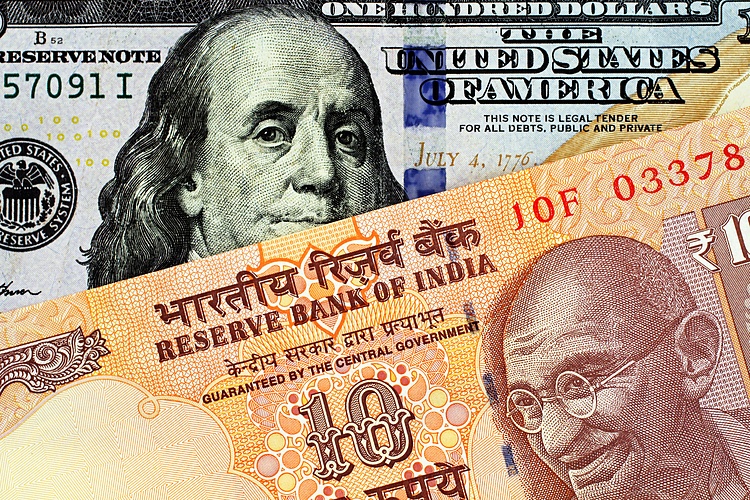The Indian Rupee (INR) traded with mild losses on Tuesday despite the softer US Dollar (USD). Investors turned cautious ahead of India’s general election outcome, which was expected to be revealed on Tuesday. A third consecutive win for the BJP-led government could boost investor confidence and lift the Indian Rupee. Additionally, risk appetite and a decline in crude oil prices continue to support the INR as India is the third-largest oil consumer in the world. The INR trimmed gains after marking its best intraday performance since December 2023 on Monday. The highlight of the week includes the release of India’s HSBC Services Purchasing Managers Index (PMI) and US ISM Services PMI on Wednesday, followed by the Reserve Bank of India’s (RBI) monetary policy announcement and US Nonfarm Payrolls on Friday.
In early vote counting trends, India’s Prime Minister Narendra Modi’s BJP was leading in 150 out of 543 seats. Most exit polls projected the BJP-led alliance winning 303 seats and likely securing a two-thirds majority. HDFC Securities FX research analyst, Dilip Parmar, predicted that the Indian Rupee should gain as dollar inflows are expected from foreign funds buying domestic equities and debt. The Indian HSBC Manufacturing PMI dropped in May, while the US ISM Manufacturing PMI also declined. The US Nonfarm Payrolls for May were estimated to see 190,000 job additions.
The technical analysis showed that the USD/INR pair turned bearish on the daily timeframe, with the pair crossing below the key 100-day Exponential Moving Average (EMA). The 14-day Relative Strength Index (RSI) remained capped below the 50-midline, suggesting further downside potential. The potential support level for the pair was indicated at the 82.90–83.00 region, with a decisive break below leading to further drops. On the upside, the first barrier was located near the 100-day EMA at 83.20, with any buying above this level paving the way to higher resistance levels.
The US Dollar price today showed that the USD was the weakest against the Euro, with percentage changes against other major currencies also displayed. The heat map indicated percentage changes of major currencies against each other, with the base currency chosen from the left column and the quote currency selected from the top row. This data provided insights into the relative strength of the US Dollar against other major currencies.
As one of the most sensitive currencies to external factors, the Indian Rupee is influenced by various factors such as the price of crude oil, the value of the US Dollar, and foreign investment levels. The Reserve Bank of India (RBI) plays an active role in maintaining a stable exchange rate through interventions in the forex market. Additionally, macroeconomic factors including inflation, interest rates, economic growth rate, balance of trade, and foreign investment inflows impact the value of the Rupee. Higher growth rates and positive trade balances can strengthen the Rupee, while higher inflation could have negative implications but also lead to increased interest rates, which might benefit the currency.




















